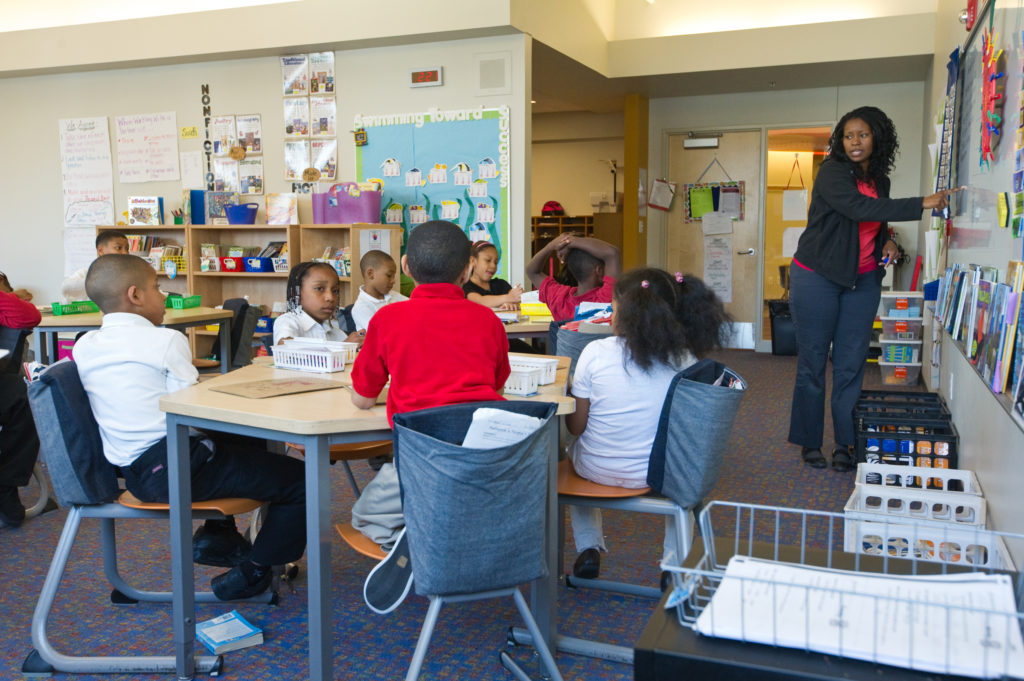
One key to success with routines is helping students understand that by following routines, they make their classroom and school a better place to be. When students understand this, they’re more likely to feel invested and to take more responsibility for their behavior. We teachers need to clearly explain to students why routines matter, and we need to establish clear expectations and teach students how to meet those expectations. Then we need to share responsibility for following routines with our students.
Here are some ways to help students become more invested in routines:
Rather than always telling students what to do and why, have students reflect. “Why does it matter how we walk from our classroom to the cafeteria?” “What do our class rules say about how we should clean up in the cafeteria?”
As part of reteaching or practicing routines, have students reflect about how they can respectfully help those around them. You could use Interactive Modeling or role-play to give students a visual of what respectful helping would look like.
Go out of your way to notice or have students notice when others help them meet class expectations in a kind or respectful way. “Give a thumbs-up if you helped someone remember our line rules today in a kind and respectful way.”
We all have different strengths when it comes to behavior. Some of us find it easy to be on time; others of us struggle with punctuality. Often it appears that success just comes innately to some people, but those who are successful with routines or expectations are using strategies, either consciously or unconsciously.
For instance, some students have developed strategies for responding quickly to teacher signals, making sure they’re safe in line, or walking quickly and quietly in the hallways. Have those students occasionally share their strategies. It will help them become more aware of their own thinking, and it may give others in the class new ideas.
Check out the other articles in our series about reteaching routines and keeping them crisp once you get them back to where you want them:
Margaret Berry Wilson is the author of several books, including: The Language of Learning, Doing Science in Morning Meeting (coauthored with Lara Webb), Interactive Modeling, and Teasing, Tattling, Defiance & More.